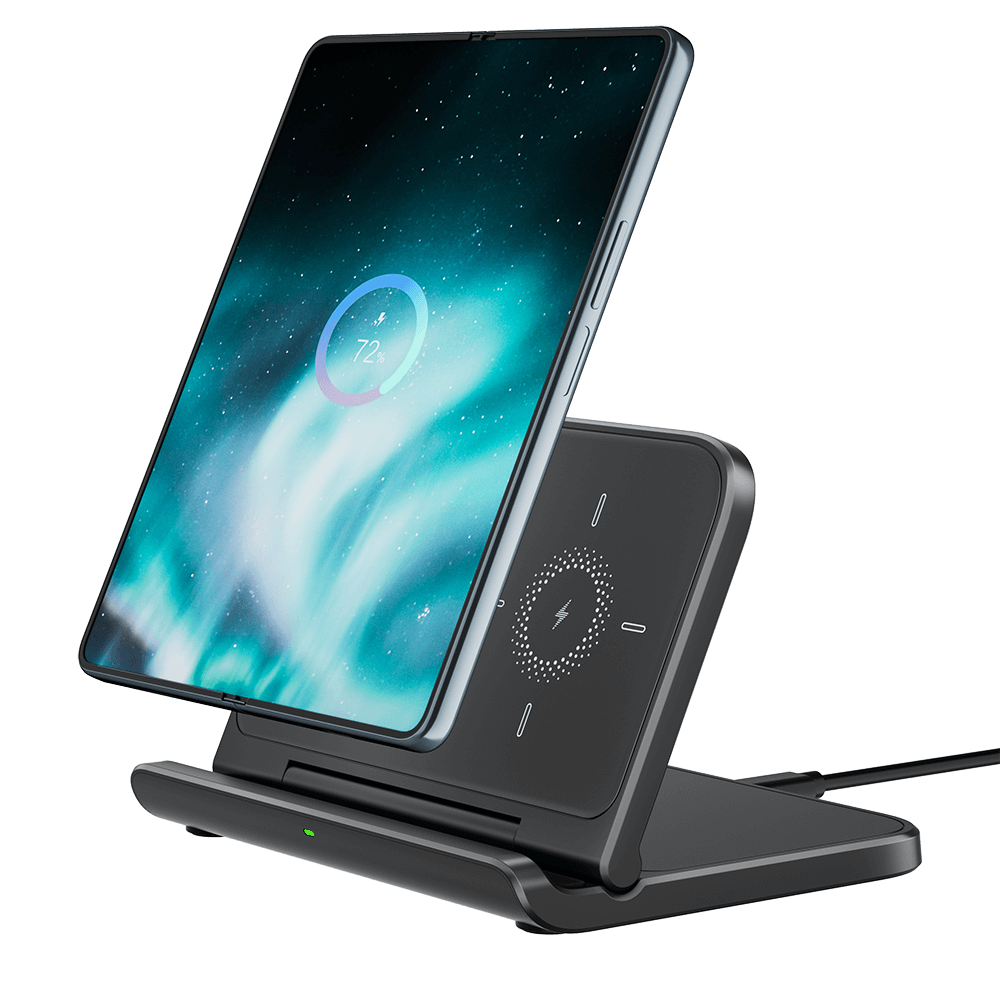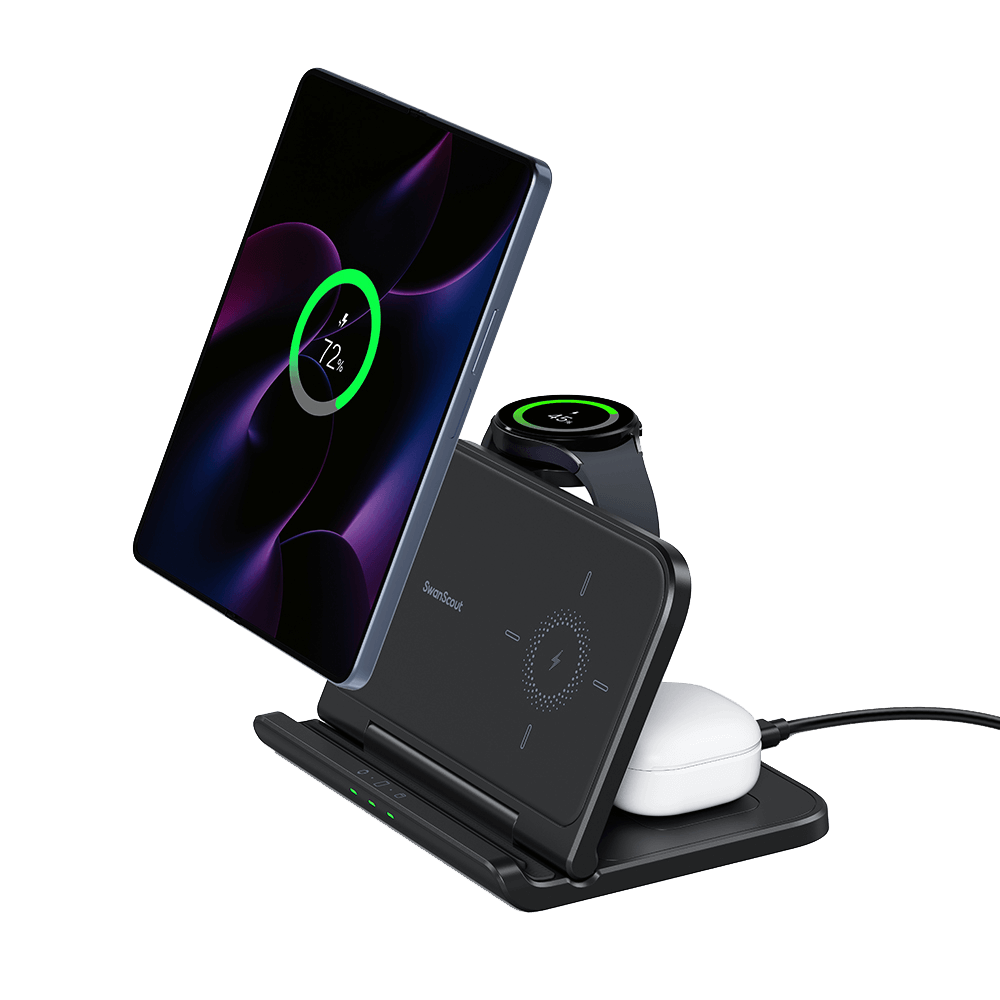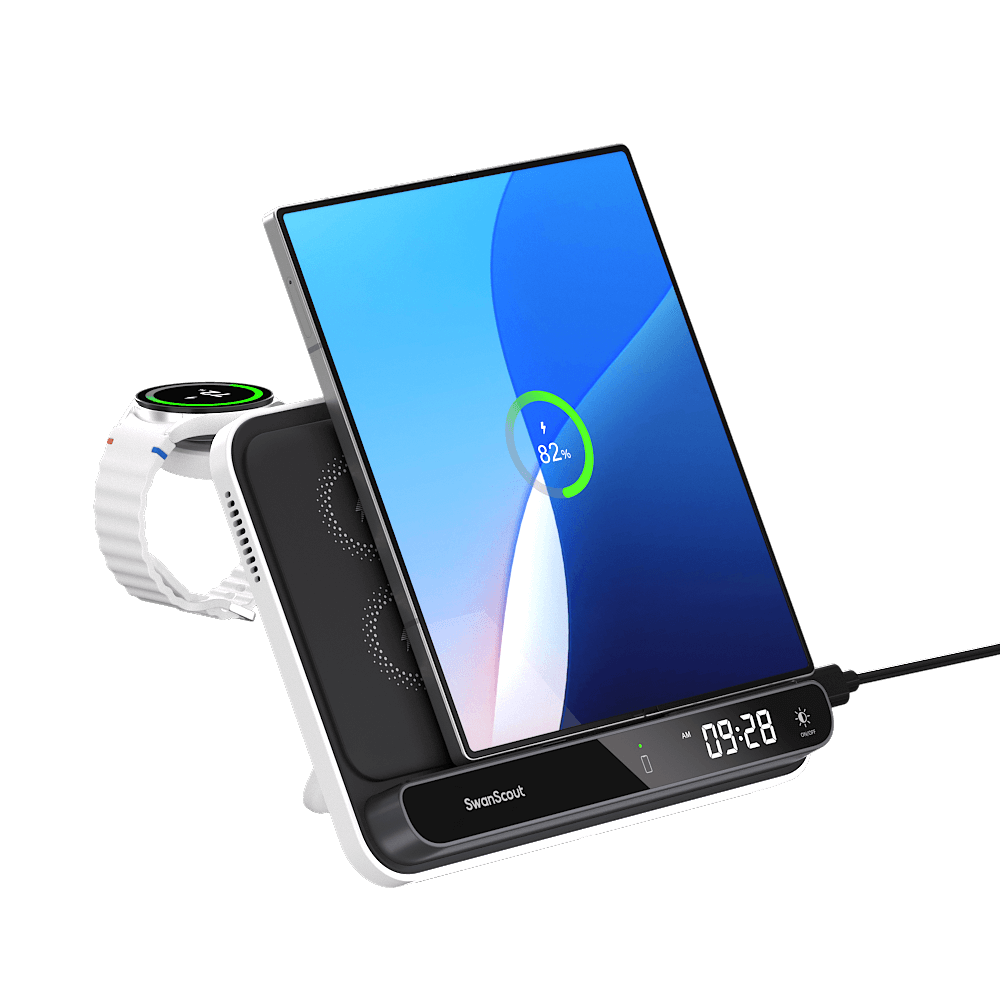I.Why Do Foldable Phones Have Different Battery Designs?
The answer is simple: the layout is different. Regular phones have flat, rigid batteries that fit neatly into a straight, solid frame. But foldable phones are more complex. Because of the hinge in the middle, designers must split the battery into two or more parts to fit around the folding mechanism and thinner structure. This makes the battery smaller, but the power demand is often higher—especially for book-style foldables that open up to twice the screen size of a normal phone.
This creates a big challenge for phone makers: should they make the phone thinner, include a bigger battery, or try new battery tech like silicon-carbon anodes, even if it means reducing battery life? Each brand makes its own choice. The newly released Samsung Galaxy Z Fold 7 clearly chose a thinner body and kept the same 4400mAh battery as the previous model. In 2025, when many phones already have 5000mAh or even 6000mAh batteries, this decision is getting a lot of criticism. Google’s new Pixel 9 Pro Fold doesn’t do much better, with a 4650mAh battery.
The truth is, traditional graphite-based batteries are already close to their energy limits. Companies like Samsung, Apple (which is expected to announce its foldable iPhone in 2026), and Google are unlikely to use 6000mAh batteries, unless users are willing to carry around a much thicker and heavier phone.

Why stick with older battery tech? Mainly because silicon-carbon batteries, while promising more capacity, still aren’t fully mature. They often only last 500–1000 charge cycles, while Apple’s batteries can keep over 80% health even after 2000 cycles. That kind of durability matters for big brands. There are also shipping regulations to consider: according to UN guidelines, any single battery cell over 20Wh is considered hazardous material and costs more to ship. So most phones stay just under that limit, around 18–19Wh.
You may see some Chinese phones with 6000mAh or even 7000mAh batteries, but for now, that’s mostly limited to the local market. For global products, the tech still needs to mature. Still, foldable phones might be the perfect place to start using silicon-carbon batteries. They need more power in a smaller space and sell in smaller volumes, making them a smart place to test new battery tech.
II.Battery Capacity and Charging Wattage in some Latest Foldables
As foldable phones have smaller space for batteries and use more power, fast charging becomes even more important. Interestingly, there are also some small differences between foldable phones and regular phones when it comes to charging. While their wired charging speeds are usually similar, foldables often have slower wireless charging compared to regular flagship phones.
To better understand these differences, we’ve gathered battery sizes and charging speeds from several foldable phones released in the past two years. As you’ll see, there’s a wide range—some models offer fast charging and decent battery capacity, while others make clear trade-offs to stay thin and light.
| Model | Battery Capacity | Wired Charging | Wireless Charging |
|---|---|---|---|
| Samsung Galaxy Z Fold 7 | 4400 mAh (dual cell) | 25 W | 15 W |
| Samsung Galaxy Z Flip 7 | 4300 mAh (dual cell) | 25 W | 10 W |
| Google Pixel 9 Pro Fold | 4650 mAh | 21 W | 7.5 W |
| Oppo Find N5 | 5600 mAh (3085 + 2515) | 80 W | 50 W |
| Honor Magic V5 | 5820 mAh | 66 W | 50 W |
| Motorola Razr 60 Ultra | 4700 mAh | 68 W | 30 W |
| Huawei Pocket 2 | 4520 mAh | 66 W | 40 W |
III.Heat and Charging: A Challenge for Foldables
All phones generate heat while charging. With wired charging, this heat is usually manageable and not very noticeable. But with wireless charging, things can get warmer and sometimes even hot because more energy is lost in the process. For foldable phones, heat management becomes even more complicated. Their unique folding structure means heat often has to travel farther to escape, especially since most users keep the phone folded while charging.
This puts extra pressure on the phone’s cooling system. Different brands are tackling the problem in different ways. For example, the Oppo Find N5 offers blazing-fast 50W wireless charging, but Oppo says it might only works at full speed when paired with its special wireless charger that has a built-in cooling fan. Huawei, on the other hand, claims its Pocket 2 uses a specially designed heat-dissipation frame to keep wireless charging temperatures safe.

Many mainstream brands are still cautious. To protect battery health and user safety, companies like Samsung and Google currently limit wireless charging speeds on their foldables to lower levels. While this might seem disappointing on paper, it helps avoid overheating and extends the battery’s lifespan.
Now, with Apple expected to join the foldable market soon, this once niche category may finally go mainstream. Could Apple give foldables their “iPhone 4 moment”, bringing a breakthrough that makes them truly desirable to the masses? Anyway, we hope that Apple, Samsung, Google or others can deliver new solutions for faster charging, bigger batteries, and better thermal control—without sacrificing battery life.
If you’re looking for a wireless charging solution for your foldable phone, check out SwanScout’s foldable-friendly wireless chargers. From multi-device charging stations to models specifically designed for foldable phones, SwanScout offers options that keep your device cool and safe while powering up!







